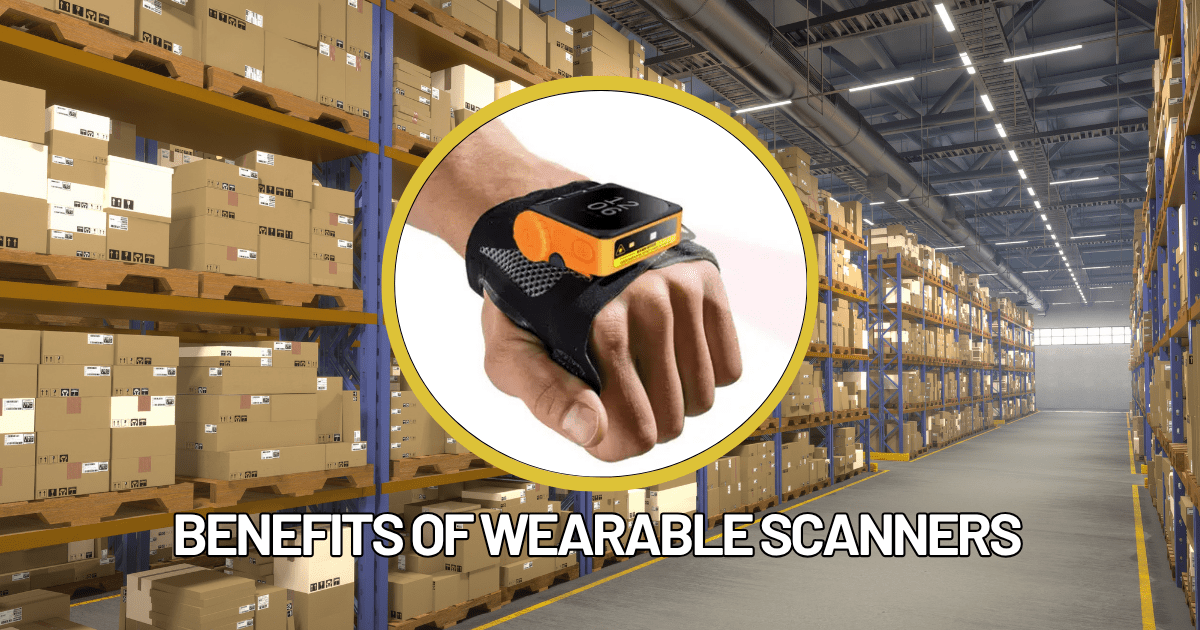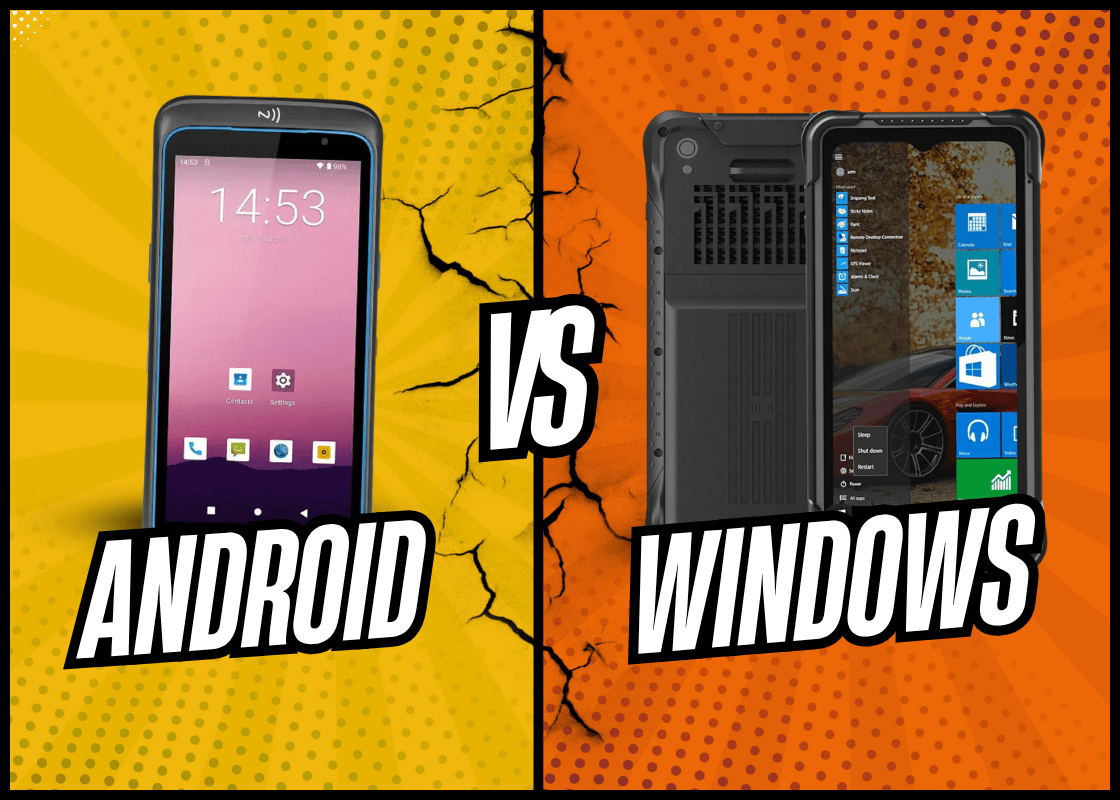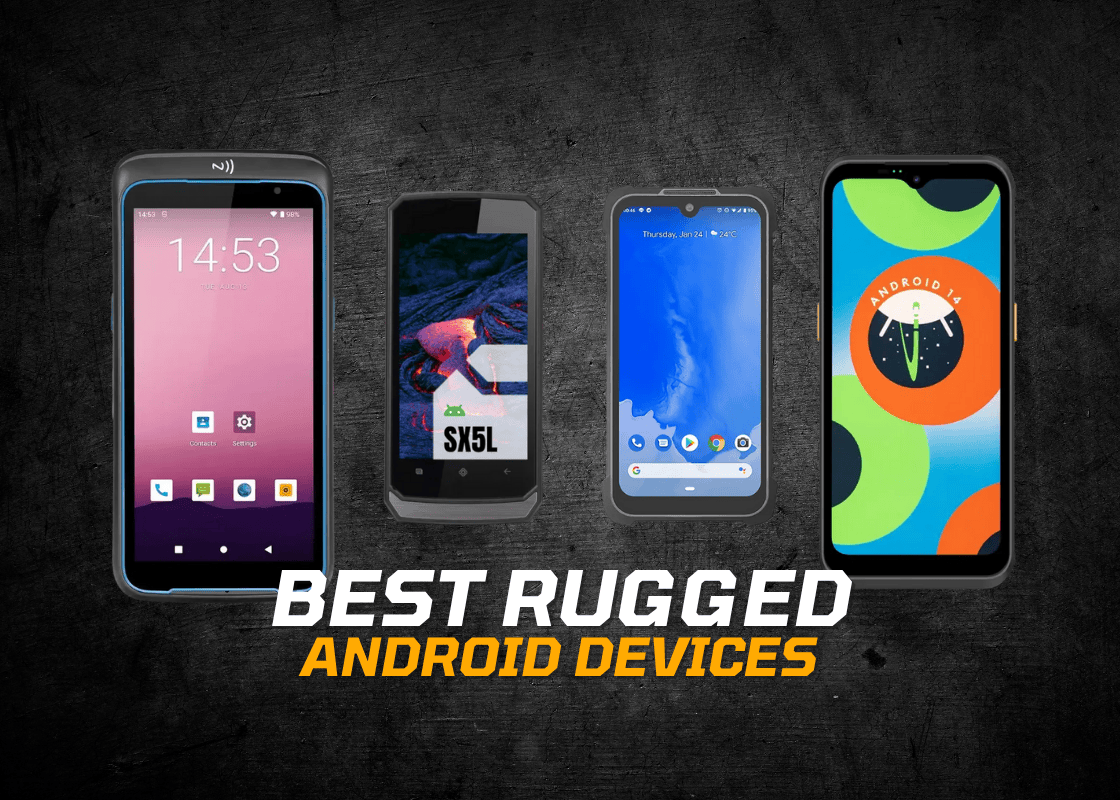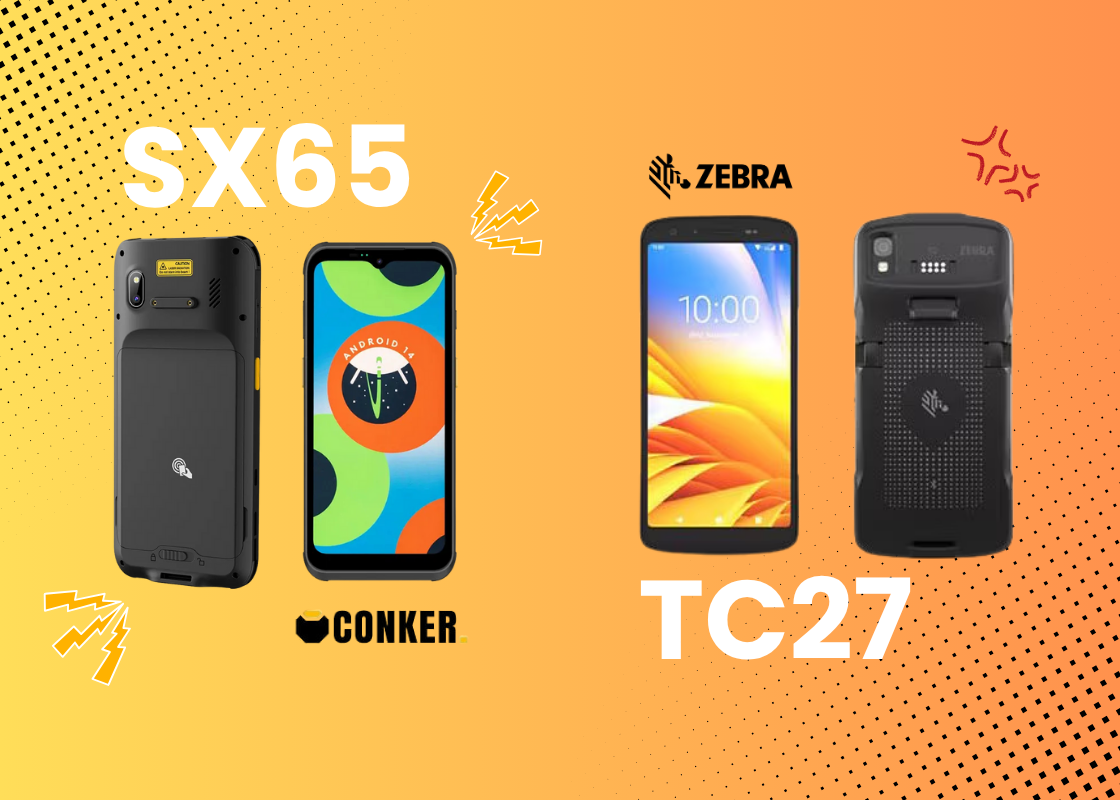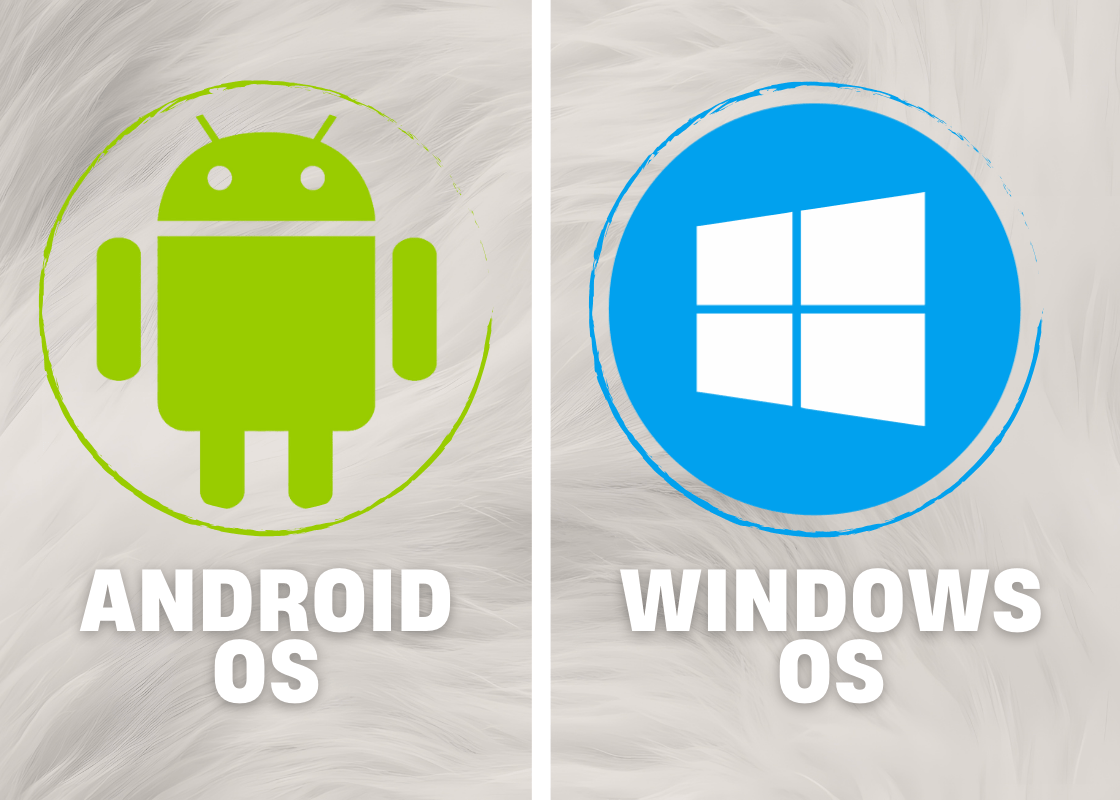Wearable barcode scanners are revolutionizing the way businesses manage inventory, logistics, and customer service. Unlike traditional handheld scanners, these compact, hands-free devices enable workers to move freely and work more efficiently. The result is greater efficiency, accuracy, and worker comfort. As industries evolve, adopting wearable technology is no longer just about staying competitive; it’s about unlocking new levels of productivity and resilience.
Why Wearable Barcode Scanners Matter
Modern supply chains demand speed and accuracy. Every second lost in picking, packing, or order fulfillment can ripple into higher costs and unhappy customers. Wearable barcode scanners address this challenge by freeing workers from holding bulky devices. Instead, the scanner is worn on the wrist, finger, or arm, enabling continuous scanning without breaking workflow. Studies in logistics show that wearable scanners can cut scanning time by nearly 40%, proving their ability to significantly improve operations.
Enhanced Speed and Efficiency
Time is the most valuable resource in warehouses, retail floors, and distribution centers. Workers using handheld scanners often juggle items while pausing to grab their device. With wearable barcode scanners, this pause disappears. Workers simply move items and scan as they go. The outcome is smoother workflows and faster task completion. Businesses report noticeable gains in productivity after switching to wearables, especially in environments with high scan volumes. For organizations seeking future-ready improvements, exploring advanced Barcode Scanning Solutions shows how wearables can keep teams agile in demanding markets.
Improved Accuracy and Fewer Errors
Accuracy is at the heart of customer satisfaction. Wearable barcode scanners reduce human errors by delivering instant data capture without extra handling steps. Since workers no longer switch between picking items and grabbing a scanner, distractions are minimized. This means fewer mis-scans, improved data integrity, and smoother audits. In industries like healthcare or retail, where mistakes can be costly, this accuracy is a powerful advantage.
Worker Comfort and Safety
Ergonomics plays a big role in employee satisfaction and safety. Repetitive lifting and awkward scanning positions with handheld devices often cause strain. Wearable barcode scanners are lightweight and designed to reduce fatigue. By keeping workers’ hands free, they lower the risk of dropping items or tripping over hazards caused by juggling equipment. Happier, healthier workers also tend to be more engaged, boosting morale and retention.
Scalability for Every Industry
Wearable barcode scanners are not just for warehouses. Retail associates use them to manage shelves and assist customers on the spot. In logistics, delivery teams confirm orders without stopping to pull out a device. In healthcare, staff scan patient wristbands or medications with ease. This versatility makes wearables a valuable investment across industries, adapting to diverse workflows without major infrastructure changes.
For companies exploring options, the Wearable Barcode Scanners range demonstrates how adaptable these devices can be in multiple environments.
Durability for Demanding Work Environments
Industrial environments are tough, but wearable scanners are tougher. Built with rugged materials, many models carry IP ratings that protect them from dust and water. This durability ensures consistent performance even in harsh conditions like cold storage or outdoor logistics. Businesses save money by reducing downtime and repair costs, as these devices withstand daily challenges better than standard consumer technology.
Real-Time Data for Smarter Decisions
The rise of smart operations depends on accurate, instant data. Wearable barcode scanners feed information directly into warehouse management or ERP systems. Managers gain live visibility into stock levels, order progress, and worker performance. This real-time insight supports faster decision-making, predictive planning, and improved customer satisfaction. In an age of just-in-time supply chains, having accurate data at your fingertips is no longer optional; it’s essential.
Discover the Conker BG3
The Conker BG3 Series is designed to make barcode scanning smarter, lighter, and faster. Built for workers who spend long hours on the move, it combines comfort with performance. Its rugged build, sharp display, and reliable connectivity make it a perfect fit for busy, high-demand environments.
Key highlights include:
- Ultra-Lightweight Design: At just 125g, it reduces strain and keeps workers comfortable through long shifts.
- 2-Inch Display: Clear, compact screen that shows only the data workers need, right when they need it.
- Powerful Scan Engine: Equipped with a Zebra 2D scanner for fast, accurate results every time.
- Long-Lasting Battery: A 9-hour battery life ensures full-shift performance without interruptions.
- Rugged Protection: IP65-rated to withstand dust, water, and challenging work conditions.
- Strong Connectivity: WiFi, Bluetooth, and NFC pairing keep teams connected and workflows uninterrupted.
Boosting ROI with Wearables
Return on investment is a key factor in any technology adoption. Wearable barcode scanners deliver quick payback by reducing labor costs, improving accuracy, and enhancing throughput. With fewer errors, businesses avoid costly returns and rework. Faster workflows result in more orders being fulfilled in less time, directly contributing to revenue growth. Over the long term, the combination of productivity and worker satisfaction ensures sustainable benefits.
Future of Barcode Scanning
The integration of wearable barcode scanners with AI, IoT, and cloud systems is shaping the future of logistics and retail. Devices are becoming smarter, capable of predictive analytics and seamless connectivity with broader systems. Businesses investing in wearables today are laying the groundwork for fully connected operations tomorrow. This future-ready approach ensures resilience against disruptions and positions companies for long-term success.
Frequently Asked Questions (FAQs)
Are wearable barcode scanners difficult to use?
No. They are designed for ease of use with minimal training. Workers quickly adapt since the devices are intuitive and require fewer steps than handheld scanners.
Can wearable scanners integrate with existing systems?
Yes. Most models connect with warehouse management, ERP, and POS systems through WiFi, Bluetooth, or NFC. This makes integration straightforward.
How long do wearable barcode scanners last on a single charge?
Depending on the model, many scanners provide 8–10 hours of battery life, enough for a full shift without interruption.
Are wearable barcode scanners suitable for small businesses?
Absolutely. Their affordability and scalability make them useful not just for large warehouses but also for retail stores, healthcare providers, and growing logistics companies.
What industries benefit most from wearable barcode scanners?
Warehousing, logistics, retail, and healthcare see the biggest gains, but any industry requiring frequent scanning can benefit.
Conclusion
Wearable barcode scanners are not just a convenience; they are a strategic investment. By combining speed, accuracy, comfort, and durability, they empower businesses to meet rising customer expectations while improving worker satisfaction. With proven benefits across industries and exciting advancements on the horizon, now is the time to embrace this powerful technology.
